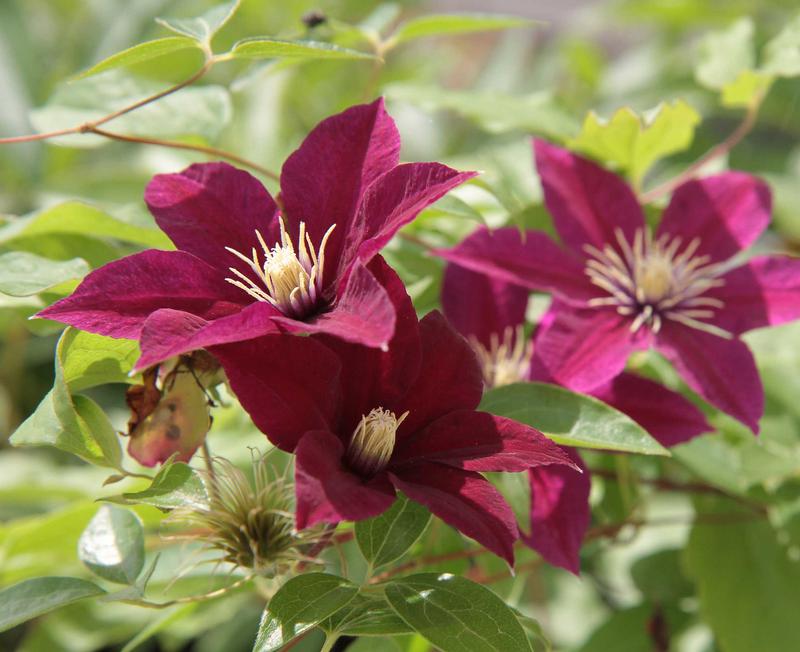Get Your New Plants Off to a Great Start
When choosing plants for your perennial garden, paying attention to hardiness zone, light requirements and proper planting time will go a long way toward ensuring your success.
Know Your Hardiness Zone
Clicke HERE to find your hardiness zone.
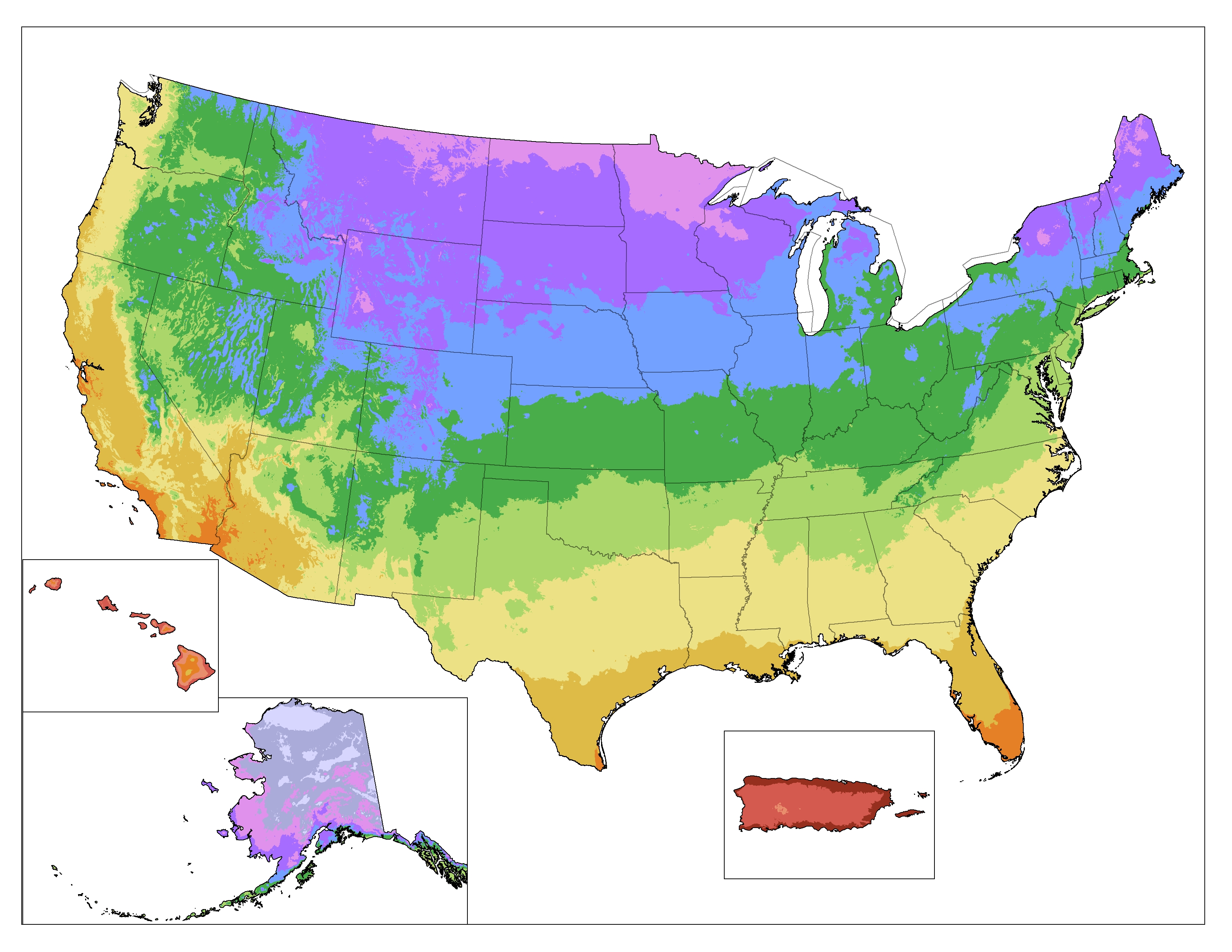
When to Plant
The best time to plant perennials is in the spring or fall, when plants are either coming out of or going into winter dormancy. Establishing new roots is also easier when the air is cool and the ground is moist.
- Darkest purple areas should plant during Jan-Mar or Oct-Nov
- Medium purple areas should plant during Apr-May or Sept-Oct
- Light Purple areas should plant during May-June or September
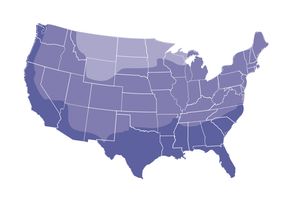
Height
Most perennials start out about the same size, but their mature height can range from 4" to 60" tall. When selecting plants, think about where you'll be putting them and what other plants will be nearby. It takes some plants several years to reach their mature size. It will be far easier for you, and better for the plants, if they don't need to be moved.
Sun and Shade
Some plants require full sun while others need shade. Matching plants with their preferred light conditions, makes it much easier to keep plants happy, healthy and attractive. Observe your yard and garden to see where trees and buildings create shade. Use the following guidelines when choosing plants.
FULL SUN locations get 6 or more hours of sunlight.
PART SUN locations gets 4-6 hours of sunlight per day.
SHADE locations receives less than 4 hours of sunlight per day.
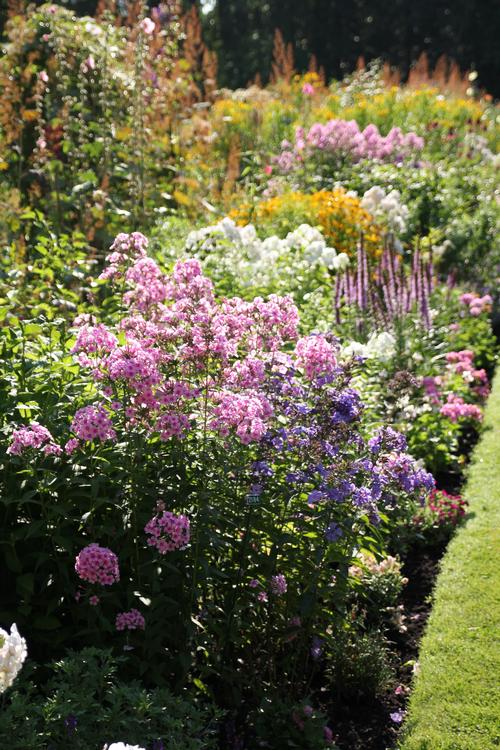
Soil Requirements
Most perennials prefer fertile, well-drained soil. Good drainage helps keep root systems healthy. Poor, dry soils can be improved with compost and peat moss. In areas with soggy soil, consider trenching to pull water away from planting areas or build raised beds. You can also look for perennials that are particularly suited to wet or dry growing conditions.
Remember that young plants need to be watered until they have reestablished a good root system. After the first year they will be able to fend for themselves, especially if the soil surface is mulched to help retain moisture.
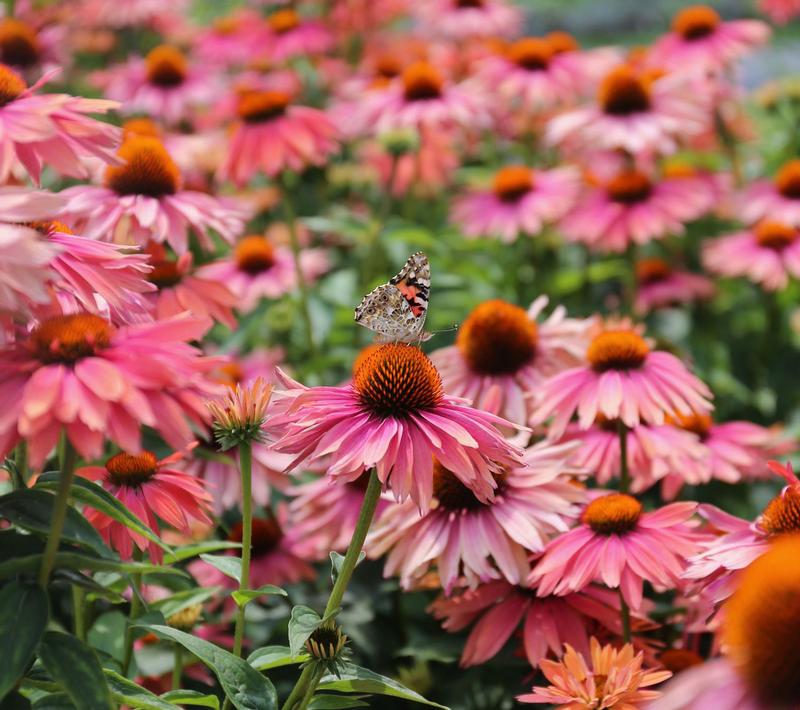
When to Purchase Plants
Perennials may be purchased by mail for spring or fall delivery. Shipping is timed by growing zone, so your plants arrive at the proper planting time. The plants may be delivered in pots, as bulbs, or as dormant, bareroot plants. Bareroot plants typically cost less and are easier to handle than potted plants, yet they will quickly settle in and give you the same results.
